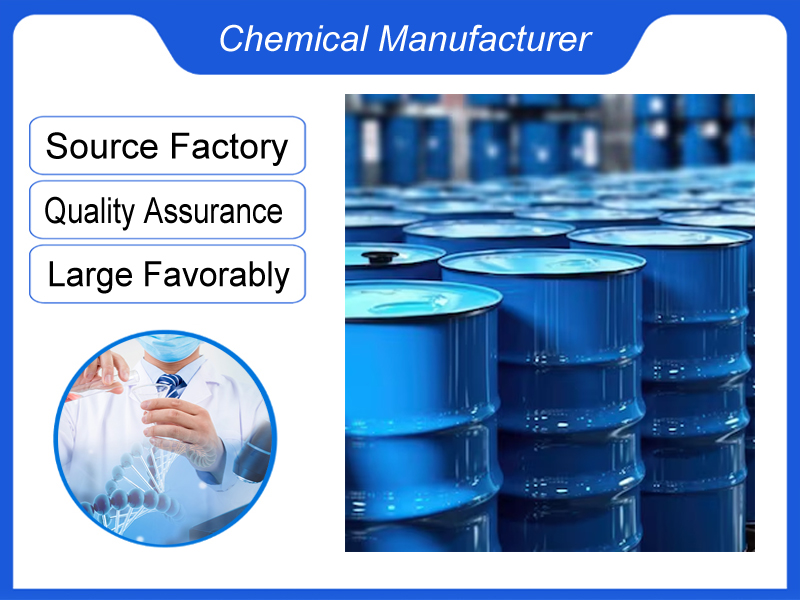
isocyanate
We are a manufacturer based in China. We specialize in providing high-quality isocyanate for industrial clients across various sectors. Whether you need chemicals consultation or technical support, our team is here to help.
Category:Chemical Additives Own Brand:MT /MOQ:100KG /From China/ B2B only.
Introduction
Isocyanate
Chemical Formula: -N=C=O
Structure: Reactive functional group with a nitrogen atom bonded to a carbonyl carbon (C=O). Common compounds include:
- Toluene Diisocyanate (TDI).
- Methylene Diphenyl Diisocyanate (MDI).
Physical Properties
- Physical State: Colorless to pale yellow liquids or solids.
- Odor: Pungent.
- Reactivity: Reacts vigorously with polyols to form polyurethanes.
Applications
- Polyurethane Production:
- Key component in foams, coatings, adhesives, and elastomers.
- Industrial Uses:
- Manufacture of insulation materials, furniture, automotive parts, and footwear.
Safety Considerations ⚠️
- Toxicity:
- Severe respiratory irritant; may cause asthma or hypersensitivity.
- Skin contact leads to irritation or dermatitis.
- Handling:
- Use PPE (gloves, goggles, respirator) and ensure adequate ventilation.
- Storage:
- Store in a cool, dry, airtight container away from moisture and incompatible substances.
Summary:
Isocyanates’ reactivity with polyols underpins their critical role in polyurethane manufacturing. Their toxicity and irritant properties demand strict adherence to safety protocols in industrial and laboratory settings.
If you're ready to take the next step, Leave your message below and we’ll reply soon. 20+ years of chemical manufacturing & export experience, a partner you can trust.





